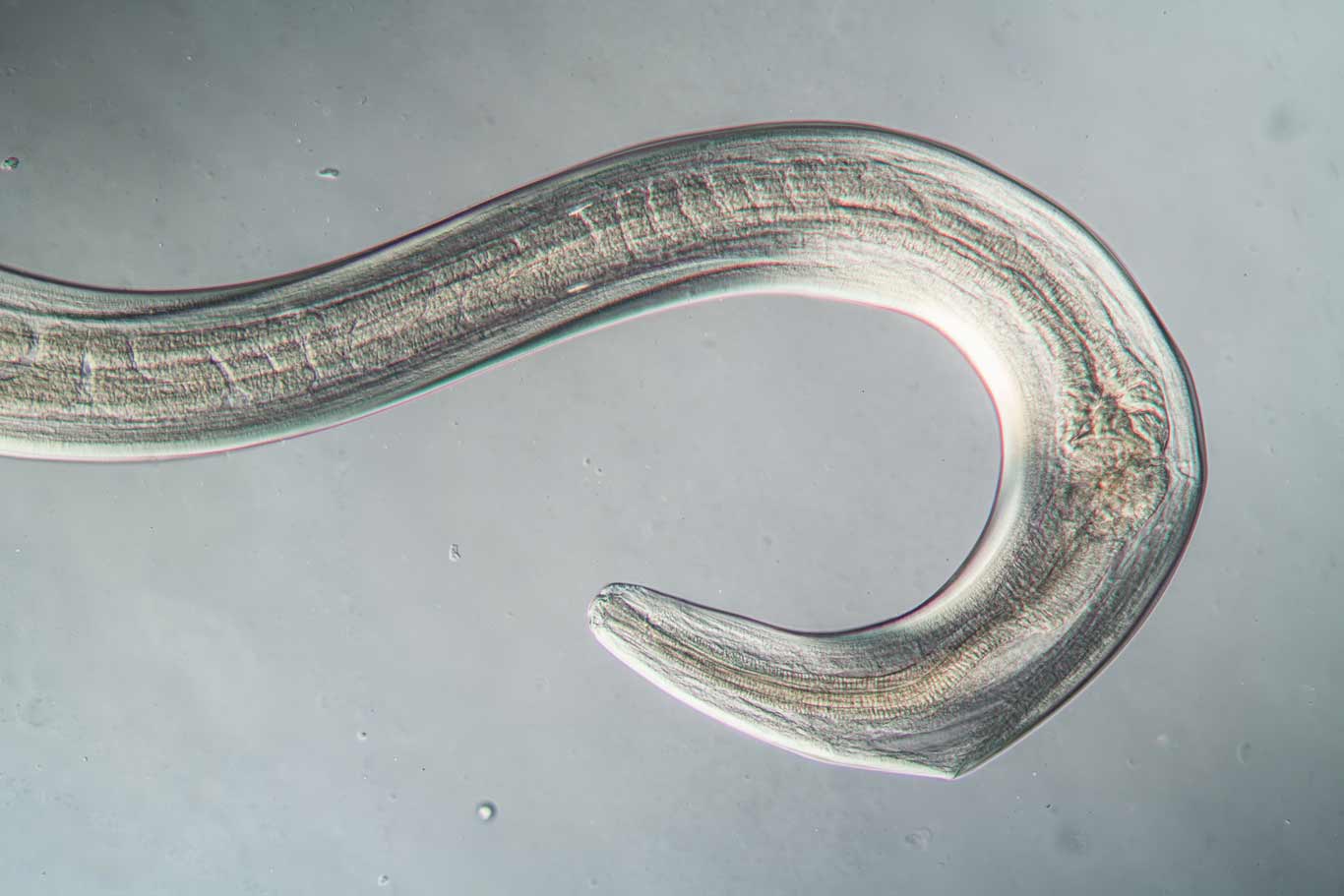We made significant strides in unravelling and predicting the health effects of climate change and urban exposures.
Reducing the health impact of living in cities
We provided evidence on the effects of outdoor residential noise on embryo size (1) and on sleep in preadolescents (2). In a study of 857 European cities, we showed that, despite considerable variability, the residential and, more surprisingly, the agricultural sectors were the main contributors to ambient PM2.5 and NO2 pollution. The results will help guide city-specific interventions (3).
We also uncovered an unexpected link between ultrafine aerosols enriched in metals from intensive farming and urban pollution with outbreaks of Kawasaki disease in Japan (4).
Innovative urban models can have a significant impact on public health. We estimate that the “Eixos Verds” programme in Barcelona can lead to significant reductions in mental health cases and associated costs (5). In this vein, we propose a framework for exploring how nature-based solutions can help communities better cope with climate change (6).
In any case, assessing the impact of multiple environmental factors, particularly in the case of repeated exposures, requires advanced statistical methods as highlighted by our exposome group (7).
Predicting the health impact of climate change
The summer of 2022 was the hottest on record in Europe. An analysis by our EARLY-ADAPT project estimates that this led to more than 70,000 heat-related deaths between May and September, with the highest incidence in the Mediterranean region (8). In Spain, high summer temperatures increased the risk of respiratory deaths in hospital, highlighting the need for effective adaptation measures (9).
Climate change also affects the spread of zoonotic diseases. We showed that outbreaks of a life-threatening zoonotic disease (polycystic echinococcosis) in the Amazon were linked to regional climate changes which disrupt hunting patterns and favour parasite spillover to humans (10). In Catalonia, we predict that the risk of local outbreaks of mosquito-borne diseases (Zika, Chikungunya, dengue) will increase due to rising temperatures (11).
Wildfires are another health threat: our models show that almost all of the increase in forest fires in California over the last 50 years is due to human-induced climate change (12).
Other milestones
In 2023 we secured new funding for several major projects, including: FORECAST-AIR, an ERC grant to tailor air pollution alerts for vulnerable groups and RESONATE, a Horizon Europe project to build resilience through nature-based therapies.
Our AIRLAB received the Bronze Leaf award for its sustainability and efficiency.
References
- Graafland N et al. Environ Int
- Perez-Crespo L et al. Environ Res
- Khomenko S et al. Lancet Public Health
- Rodo et al. Environ Res
- Vidal D et al. Environ Int.
- White MF et al. Environ Int
- Warenbourg C et al. Environ Sci Technol.
- Ballester J et al. Med
- Achebak H et al. Lancet Regional Health
- San José A et al.
- López L et al. Model.
- Turco M et al. PNAS














